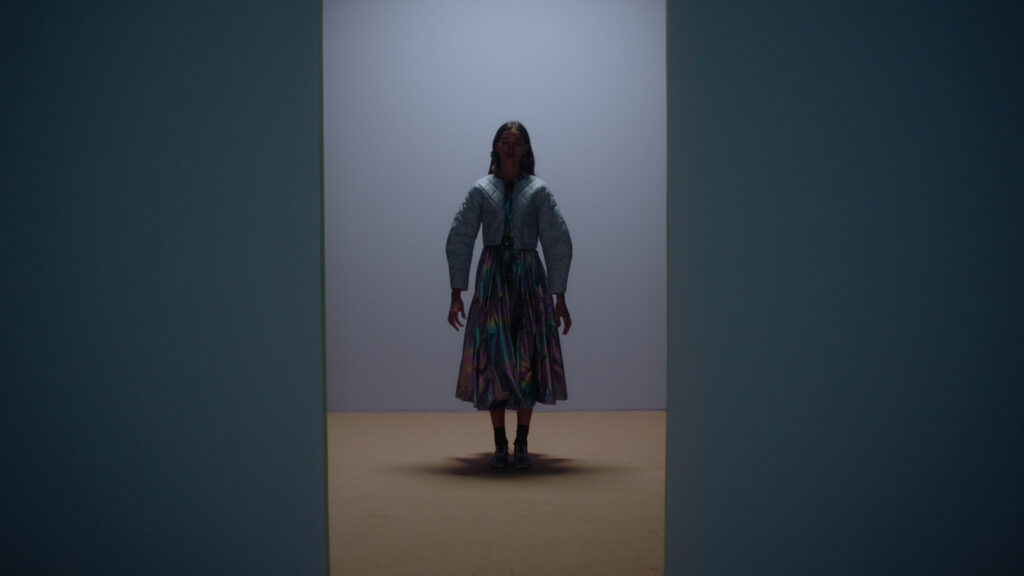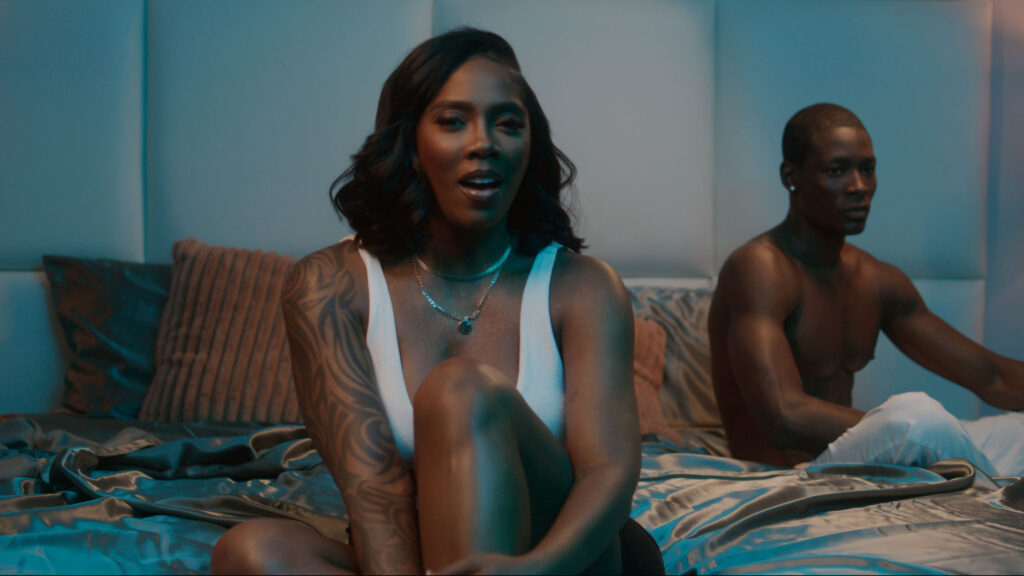
In the realm of filmmaking, understanding when to employ color correction and color grading is pivotal to the creation of visually engaging and artistically consistent content. These two post-production processes, while often used interchangeably, serve distinct roles in refining the visual aesthetic of a film. Grasping their unique contributions as well as their interconnection can boost a director’s ability to communicate effectively through the medium of film.
“Color correction and color grading are not one and the same – the former is about achieving technical consistency, while the latter delves into creative manipulation.“
Herein, we break down the essentials of when to use color correction and color grading, exploring the nuances of their impact on the overall cinematic story. A fortified understanding of these techniques permits directors to exercise deliberate control over their visual narrative, employing colors to convey subtext, mood, and character dynamics in a subtle yet influential way.
Overview of Color Correction and Color Grading
- Color Correction: This is a technical procedure aimed at ensuring visual consistency throughout the film. It typically involves the adjustment of white balance, exposure, contrast, and saturation levels to provide a neutral canvas upon which further creative editing can be based.
- Color Grading: This is the creative process following correction, aimed at giving a film its distinctive visual mood and tone. It can involve complex manipulations of color and light to evoke certain emotions or reinforce thematic elements within a film.
Notably, recognising the necessity for color correction and color grading isn’t always straightforward. A myriad of factors, including initial camera settings, lighting conditions, the storytelling intention, and the overall visual style being pursued, significantly influence their utilization.

Why Color Correction matters: Enhancing the Visual Storytelling
Understanding the role of color correction is crucial in film directing. Its primary purpose is to adjust the visual elements captured during the shoot to ensure they are represented accurately. This process predominantly revolves around fixing issues related to white balance, exposure, contrast, and saturation. Directors may need to apply color correction if they find inconsistencies in visual representation or any apparent visual aberrations in their footages. These issues can arise from numerous factors such as varying camera setups or lighting conditions. Color correction serves as a fundamental starting point for any post-production process, turning your raw footage into a consistent, harmonised sequence.
From good to great: Elevating your film with Color Grading
On the other hand, color grading is an advanced phase of post-production and serves a more creative purpose. Directors use this technique to establish a particular mood or tone to the storytelling. Color grading plays a pivotal role in influencing the viewer’s emotional response or highlighting certain aspects of the storyline. Directors might need to apply color grading when they want to provide a certain aesthetic to the film. This could range from creating a vintage look, a futuristic vibe, a horror feel, or any other visual style that enhances the narrative and overall cinematic experience.
Now, when is it necessary to apply both color correction and color grading? These applications are not mutually exclusive and often go hand-in-hand in film post-production. It’s worth noting that the need for both depends heavily on the director’s vision and the visual mood they want to establish in the film. In general, color correction is applied at the onset of post-production to balance visual elements, followed by color grading, which adds the stylistic touch to define the overall look and feel. In essence, color correction treatment sets the ‘canvas,’ while color grading paints the ‘artwork.’
Thus, determining when color correction and color grading are necessary involves understanding the creative goals of the project, the quality of the initial footage, and the narrative’s visual demands. Utilising these two processes at different post-production stages can help directors achieve a consistent, visually appealing, and emotive cinematic output. However, their application must be done judiciously, ensuring that the techniques do not overshadow the elemental essence of the narrative.

Underlying Principles of Applying Color Correction and Grading
In conclusion, the application of color correction and color grading is an essential element in the film making process and cannot be disregarded. Directors should, however, apply these tools judiciously. The objective should not only be to meet the project’s creative goals but also to maintain the narrative’s authentic essence. Proper understanding of when and how to utilize these procedures in post-production can greatly enhance the visual appeal and emotional depth of the film, ultimately providing a successful and engaging viewing experience for the audience.